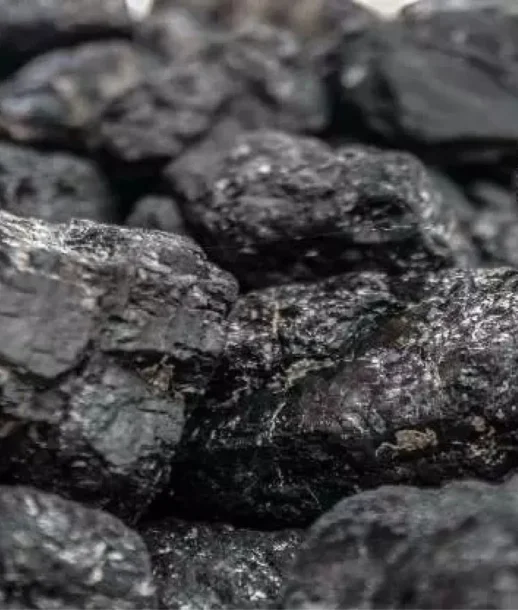Shilajit is a sticky, blackish-brown substance that is found in the cracks and crev ices of rocks in the Himalayas, the Altai Mountains, and other mountain ranges. It is a natural substance that is formed over centuries by the decomposition of plants and minerals. Shilajit is a complex mixture of organic and inorganic com pounds, including fulvic acid, humic acid, minerals, and trace elements.
Shilajit has been used in traditional Ayurvedic medicine for centuries for its many health benefits. It is said to boost energy, improve sexual function, increase stamina, and boost immunity. Shilajit is also said to be helpful for treat ing a variety of health conditions, including arthritis, asthma, diabetes, and high blood pressure.
Here are some of the potential health benefits of shilajit:
- Boosts energy and stamina
- Improves sexual function
- Increases immunity
- Helps to treat arthritis, asthma, diabetes, and high blood pressure • May help to improve cognitive function and memory
- May help to protect against cancer
- May help to slow the aging process
The botanical name of shilajit, Asphaltum punjabinum, refers to its origin in the Punjab region of India. However, shilajit is also found in other parts of Asia, including the Altai Mountains, the Himalayas, and Tibet.
The exact composition of shilajit varies depending on its source, but it is gener ally believed to contain high levels of fulvic acid. Fulvic acid is a natural com pound that has been shown to have a variety of health benefits, including boosting the immune system, reducing inflammation, and improving cognitive function.
- The chemical constituents of shilajit vary depending on its source, but some of the most common include:
▪ Fulvic acid: A natural compound that has been shown to have a variety of health benefits, including boosting the immune system, reducing inflam mation, and improving cognitive function.
▪ Humic acid: A natural compound that has also been shown to have a variety of health benefits, including detoxifying the body and improving gut health.
▪ Minerals: Shilajit contains a variety of minerals, including iron, zinc, calci um, magnesium, and boron. These minerals are essential for good health.
▪ Trace elements: Shilajit also contains trace amounts of other elements, such as germanium, selenium, and lithium. These elements have been shown to have potential health benefits.
- Other chemical constituents of shilajit include:
▪ Dibenzo-alpha-pyrones (DBPs): A group of compounds that have been shown to have antioxidant and anti-inflammatory properties. ▪ Amino acids: Shilajit contains a variety of amino acids, which are the building blocks of proteins.
▪ Fatty acids: Shilajit contains a variety of fatty acids, including stearic acid, oleic acid, and linoleic acid. These fatty acids are essential for good health.
▪ Phytosterols: Shilajit contains a variety of phytosterols, which are plant compounds that have been shown to have cholesterol-lowering effects.
▪ Polyphenols: Shilajit contains a variety of polyphenols, which are plant compounds that have been shown to have antioxidant and anti-inflamma tory properties.
- Extraction Dosage –
▪ 450 to 500 mg

